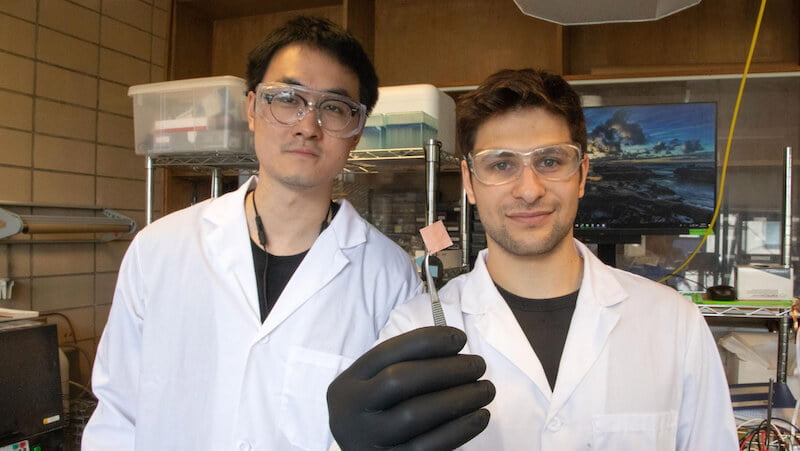
A new type of catalyst from the University of Toronto is designed to enable the effective conversion of CO2 – even when it contains sulphur contamination. Valuable raw materials such as ethylene and ethanol are produced.
Researchers at the University of Toronto recently developed a new type of catalyst that can convert CO2 into valuable raw materials such as ethylene and ethanol. What's special about it is that the method works even with sulfur dioxide contamination.
The process could significantly reduce the costs and energy required for carbon capture technologies and bring about lasting changes to industries such as steel and cement production. In the long term, further developed systems should convert CO2 from exhaust gas streams even more effectively – without any loss of efficiency due to sulphur dioxide.
Catalyst converts CO2 into ethylene and ethanol
Professor David Sinton explained that there are currently better options for low-carbon electricity generation, but industries such as steel and cement manufacturing remain particularly difficult to decarbonise. To help these industries, industry needs to develop cost-effective methods of carbon capture and conversion.
The researchers therefore used an electrolyzer to convert CO2 and electricity into raw materials such as ethylene and ethanol. The copper catalyst accelerates the reaction and minimizes the formation of unwanted byproducts.
Many catalysts are designed to work only with pure CO2. However, if the CO2 comes from chimneys, it is often contaminated. Sulfur oxides such as SO2 poison common catalysts, which drastically reduces efficiency. Previous methods for removing these contaminants are time-consuming, energy-intensive and expensive.
High efficiency even after 150 hours
The University of Toronto's new catalyst adds a thin layer of polytetrafluoroethylene (Teflon) and a layer of Nafion to prevent the reaction that leads to SO2 poisoning and maintain the efficiency of the catalyst. The researchers tested the catalyst with a mixture of CO2 and SO2. The new system showed a Faraday efficiency of up to 50 percent over 150 hours.
Compared to other catalysts that quickly lose efficiency under similar conditions, the new compound appears remarkable. The method should be applicable across a wide range of applications because it does not change the composition of the catalyst. In the future, researchers would like to focus on other contaminants such as nitrogen oxides and oxygen to further improve the versatility and application possibilities of this technology.
Also interesting:
Source: https://www.basicthinking.de/blog/2024/07/21/effizienter-katalysator-co2-umwandlung/


